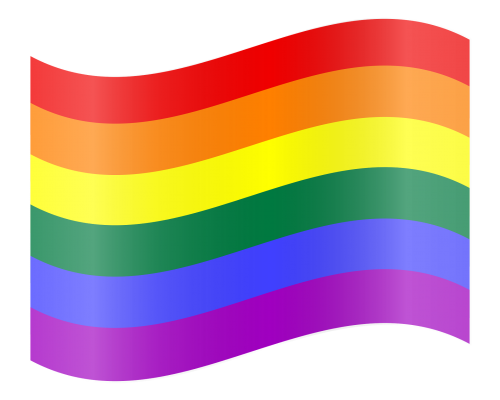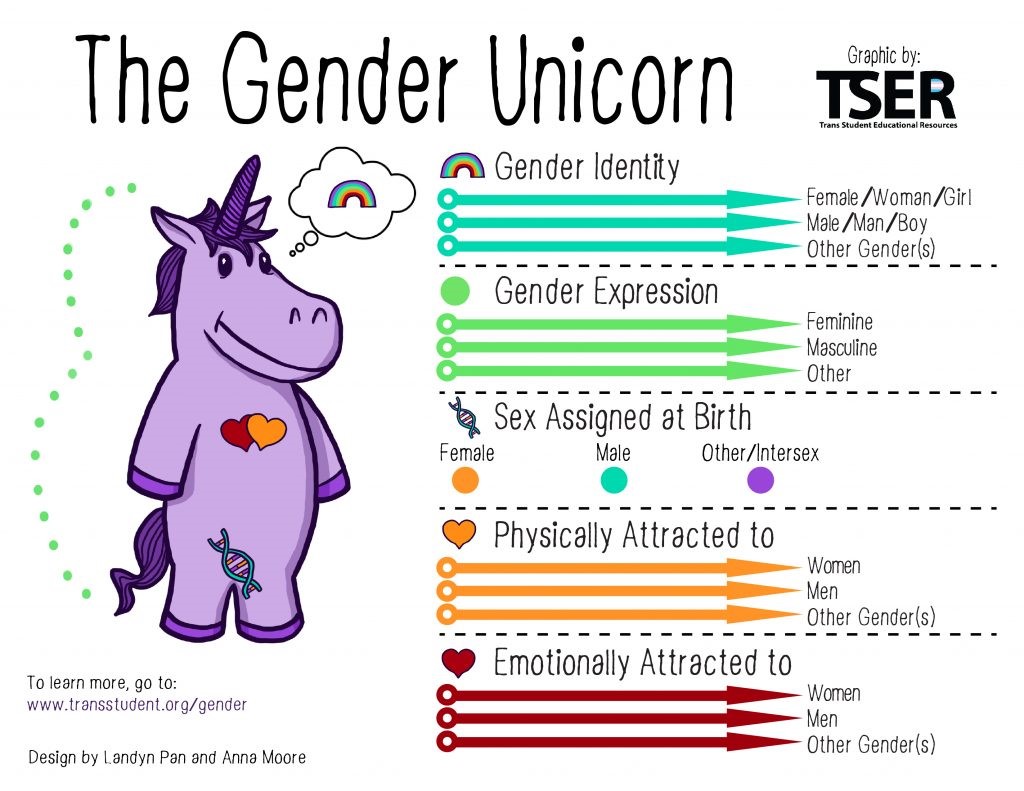
05 Jul LGBTQIA+ Community and Mental Health
The celebrations of love and acceptance that happened during PRIDE are over, and for many in the LGBTQIA+ community life is once again, extremely complicated. Members of the LCBTQIA+ community often experience shame, fear, discrimination, and trauma. They may be rejected by their family and friends; face verbal and or physical abuse; and live with unaddressed substance abuse disorders and mental health conditions. Many in the LGBTQIA+ community struggle in silence. Mental Health America recently published some eye-opening stats about mental health issues within the LGBTQIA+ community.
- LGB adults are two times more likely to have a mental health condition.
- LGBTQ+ teens are six times more likely to deal with symptoms of depression. 2
- LGBTQ+ youth are two times more likely to feel suicidal.2
- LGBTQ+ youth are over four times more likely to attempt suicide. 2
- 8% of LGBTQ+ individuals and about 27% of transgender individuals report being denied needed health care. 2
How to support LGBTQI+ individuals
No matter how we identify, we can all support this community! Here are some steps we can ALL take:
Stay informed: Our identities are complicated. So, let us stay informed! Ask questions, and do not be afraid to be honest about what you do not know. See below for “The Gender Unicorn” graphic and terminology.
Speak up: There are many reasons why people do not speak up when they hear something offensive. But words can hurt. When someone speaks up, it lets others know that their words are not acceptable. It may even encourage others to speak up!
Act: Support policies that help protect LGBTQI+ individuals from discrimination and hate. Even if the issue seems small, they can have a significant impact on people’s lives!
Encourage: If you know someone who is struggling, encourage them to talk to a health care professional. Taylor Street Primary Care Clinic has health care providers that can address physical and behavioral health needs and can connect you to additional resources if needed. Click here to schedule an appointment.
Breaking down the concepts
The Gender Unicorn is a way to break down four concepts: gender identity, gender expression, sex assigned at birth, and sexual orientation.

Understanding the terminology
Gender identity: all about how you think about yourself.
Gender expression: how you present your gender identity through the way you act, dress, behave, etc.
Sex assigned at birth: the organs (e.g., penis), hormones, and chromosomes you possess. For example, being male means having testes, a penis, XY chromosome pairing, testosterone, and you can put a baby in a female’s stomach area.
Sexual orientation: all about who you are physically and emotionally attracted to. For example, if you are a male who is attracted to males and females, you are bisexual.
Lesbian: a woman who is attracted to other women
Gay: a man who is attracted to other men or can also be used to describe a person who is attracted to the same sex as themselves.
Bisexual: a person who is attracted to both men and women.
Transgender: people whose gender identity differs from their sex assigned at birth.
Queer: Sexual and gender identities other than straight and cisgender (people whose gender identity and expression matches their sex assigned at birth) 3
Intersex: when a person is born with sexual anatomy that does not fit the boxes of “female” or “male.” 4
Heterosexual or straight: a person who is attracted to the other sex.

Brittany Banks, LMSW, Taylor Street Primary Care Clinic, connecting you to behavioral health services and resources that will improve your overall wellness.
Sources:
(1) LGBTQI | NAMI: National Alliance on Mental Illness
(2) LGBTQ+ Communities and Mental Health | Mental Health America (mhanational.org)
(3) (Genderbread Person — PFLAG Temecula).
(4) What is Intersex? | Definition of Intersexual (plannedparenthood.org)
